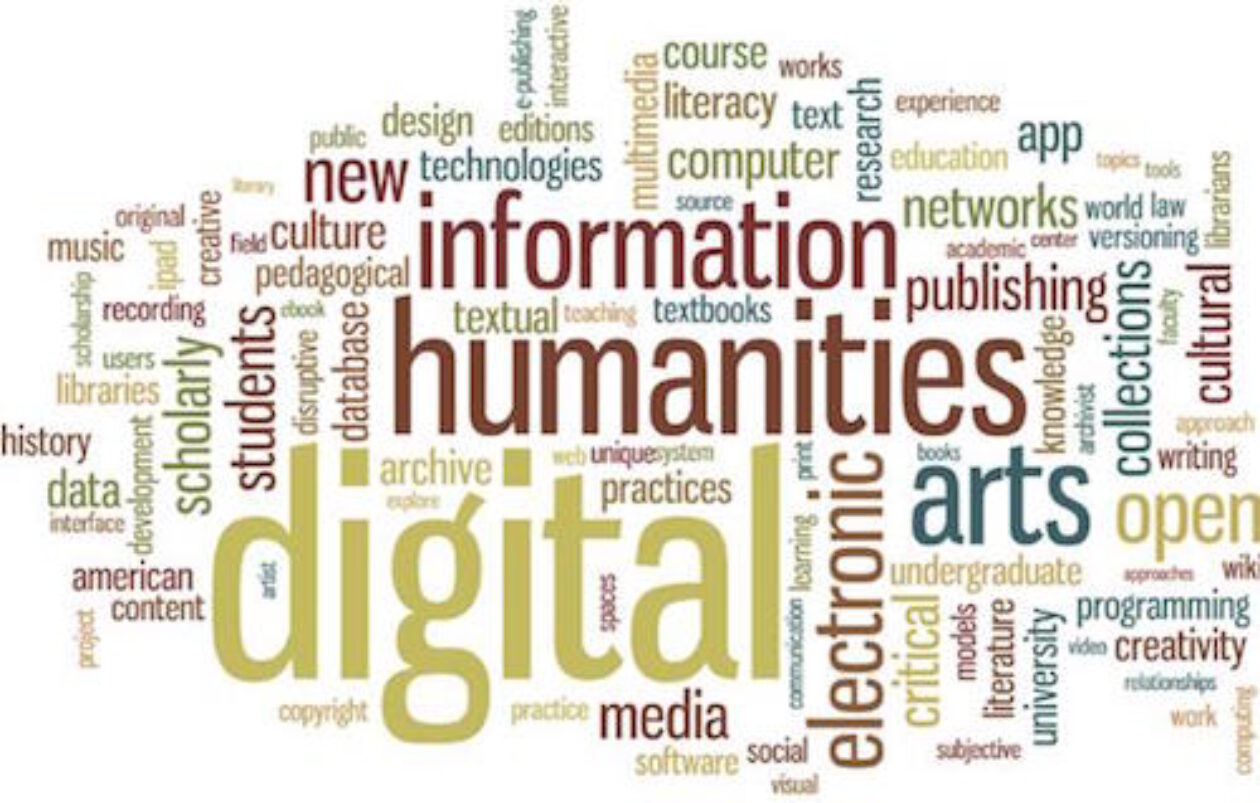Digital Archiving Project Review: The Digital Karnak Project
Description of the Digital Karnak Project
The Digital Karnak Project, first created at UCLA and later moved to UCSC, offers an in-depth look at the Karnak temple complex. This site, one of the biggest temple complexes globally, has a rich history covering architecture, rituals, religion, economy, society, and politics. The project includes a virtual reality model, thematic essays, original videos, maps, and educational resources. Its goal is to make the Karnak site more accessible to students and teachers who speak English.
I picked this project because it shows how digital tools can enhance our understanding of historical sites. It uses technology to bring history to life, making it an excellent example of how digital archiving can open up new ways to learn and engage with the past.
Incorporation of Required Readings
In “Theories of Archives from Across the Disciplines,” the archive is seen as a key place for producing knowledge. The Digital Karnak Project fits this idea by offering a digital archive that shows the history and changes of the Karnak temple. This project shows how the idea of an archive has grown to include many types of materials and technologies.
Derrida’s idea of “archive fever,” which means a deep desire to find lost time, matches well with the Digital Karnak Project. The project lets users explore detailed historical reconstructions and stories, meeting this need to connect with the past. Foucault’s idea that archives are central to knowledge production is clear in how the Digital Karnak Project is used as a learning resource, with scholarly materials and interactive tools to help with study and research.
“Archives in Context and as Context” talks about the differences between traditional and digital humanities views on archives. The Digital Karnak Project shows this by turning a physical site into a digital archive, making it easy to access for education and public use. This matches the digital humanities’ focus on chosen online collections that keep context and authenticity.
The article says, “Archivists select and preserve ‘archives’ as defined in the primary definition, which is to say aggregates of materials with an organic relationship, rather than items that may be similar in some manner, but otherwise unrelated.” The Digital Karnak Project follows this by presenting the site’s history and artifacts in a clear, meaningful way. It also ensures that “preserving context is also about preserving the conditions that make documents more meaningful to users,” which it does through its detailed virtual reconstructions and essays.
Personal Critical Thinking
After reading the articles and exploring the Digital Karnak Project, I see archives as more than just collections of historical documents. An archive, especially today, is a lively space that preserves, shows, and explains historical data. The Digital Karnak Project turns the physical Karnak site into a digital space where users can interact with its history. This project challenges the old view of archives as static by making them interactive and educational.
In my own project, I want to create an archive that not only keeps historical data but also involves users interactively. Seeing archives as dynamic and complex will guide my approach. I will use digital tools to tell historical stories in a way that is easy to access and engaging, making sure the archive is both educational and interactive.
MLA Citation:
- Manoff, Marlene. “Theories of the Archive from Across the Disciplines.”
- Theimer, Kate. “Archives in Context and as Context.” Journal of Digital Humanities, vol. 1, no. 2, Spring 2012, https://journalofdigitalhumanities.org/1-2/archives-in-context-and-as-context.
